Published September 25, 2019
If you are reading this and you live in Ontario, there is a 50/50 chance that the largest wine growing region in the country is less than an hour from your door.
The Niagara Peninsula is emerging as a place where small-batch, premium wines are created and enjoyed. And it’s right around the corner.
This guide tells you what you need to know to create your own authentic wine-country experience. It also shows how every grape, glass, view, and vista you experience in Niagara connects you to the Great Lakes.
Fall is the best time for wine tasting tours in Niagara
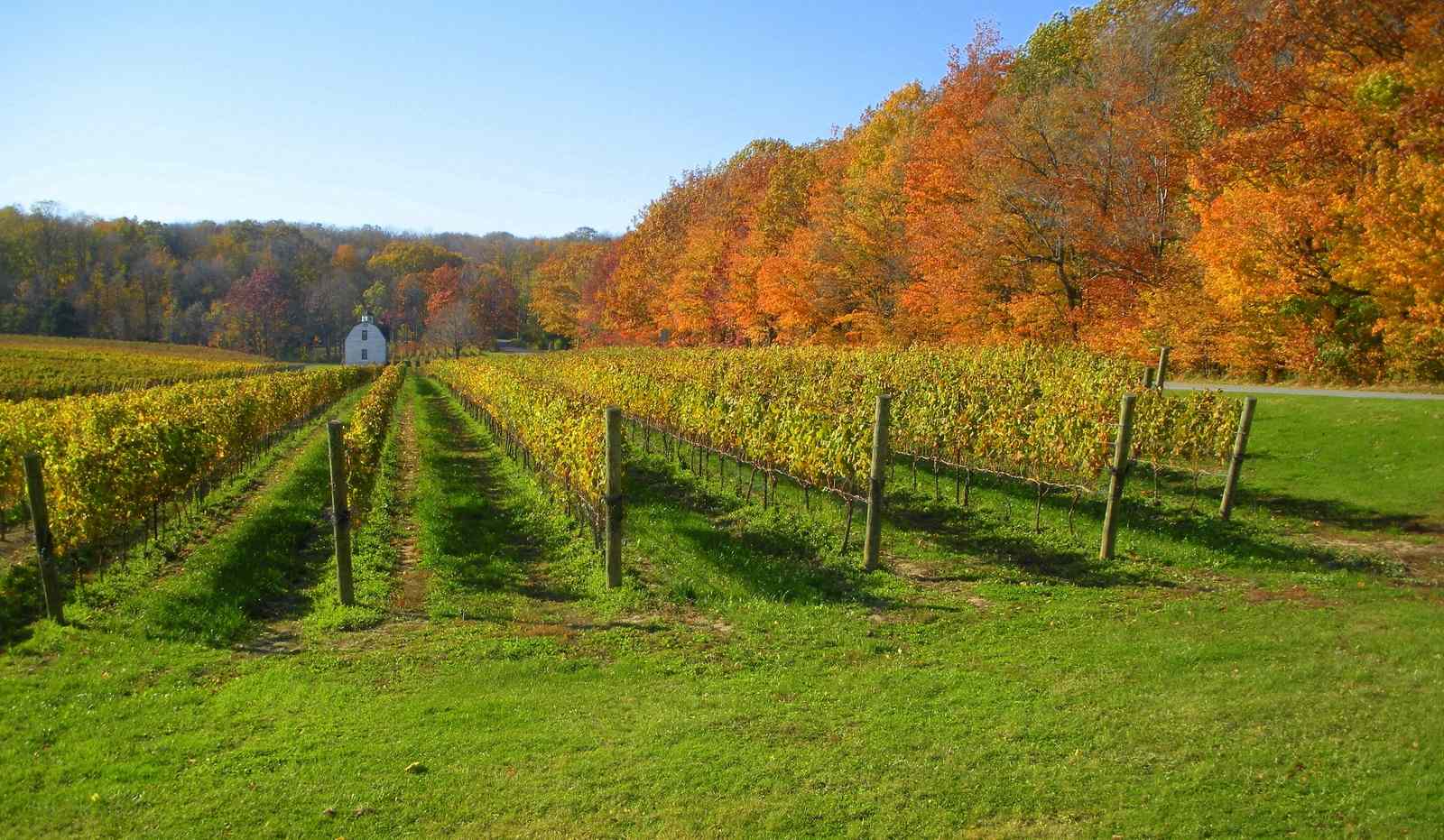
Harvest season runs from September to November and is one of the best (aka, most delicious) times of year to visit Niagara wineries. Many wineries offer vineyard tours, local cheese, and even food trucks. You can also stop in at roadside farm stands for apples, corn, pumpkin, and grapes from the surrounding fields.
If you want to bike, go on Thanksgiving weekend
On Thanksgiving weekend you can take advantage of the special GO Train Niagara Parks Travel Package which takes you from Toronto Union Station to Niagara-on-the-Lake.
The train stops along the way and has special cars for bicycles. When you arrive in Niagara station, you can ride to the closest wineries (about 10 km away) or catch the connecting WEGO and Niagara-on-the-Lake shuttles. Shuttles take you right the doorsteps of wineries overlooking the Niagara River, where you can begin your day of wine tasting on your bike.
Keep your eyes peeled for the Niagara Escarpment
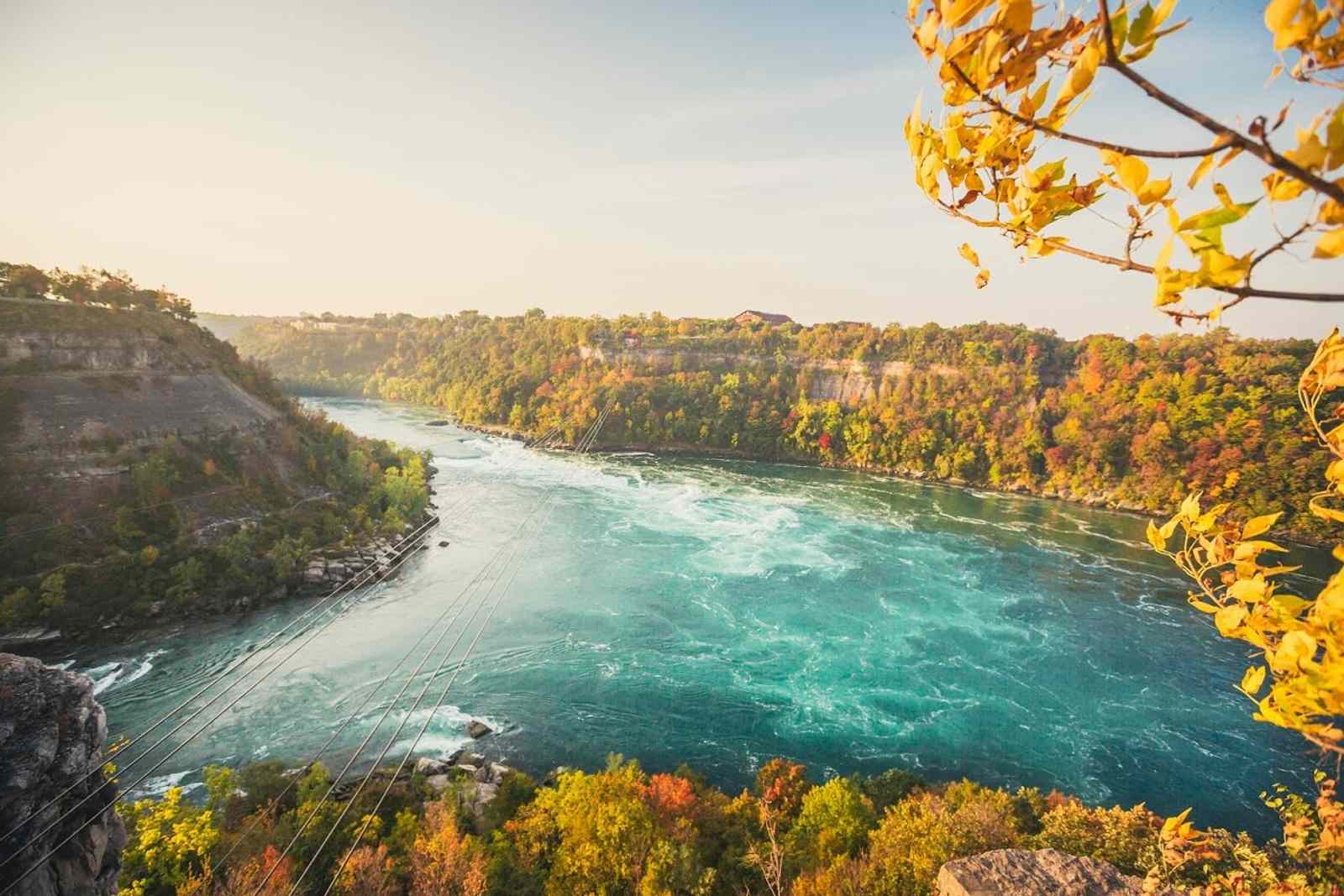
The Niagara Escarpment is a (very) long cliff that runs 1600 kilometres from the south side of Lake Ontario, through the Niagara Region, up through Ontario to the Bruce Peninsula and Manitoulin Island, then curves back down through the United States on the west side of Lake Michigan.
The Escarpment took millions of years to form. Soft rock slowly crumbled and washed away from the ancient seabed, forming a cliff face that overlooks Niagara wine region today.
Even if the name is new to you, you’ve seen the Escarpment before. Just think of Niagara Falls. The top of the falls is the top of the Escarpment. The Niagara River flows over the edge, drops 188 feet, and continues on to Lake Ontario.
If the Escarpment is the first ingredient in Niagara wine, then the second ingredient is Lake Ontario.
The big body of water helps to keep temperatures in the area moderate. In the summer, the water helps to keep the air cool. In the winter, the water helps to keep the air relatively warm. The giant face of the Escarpment traps that moderate air over the Niagara region, creating a fruit-friendly climate.
Look for the grapes that grow best in Niagara vineyards
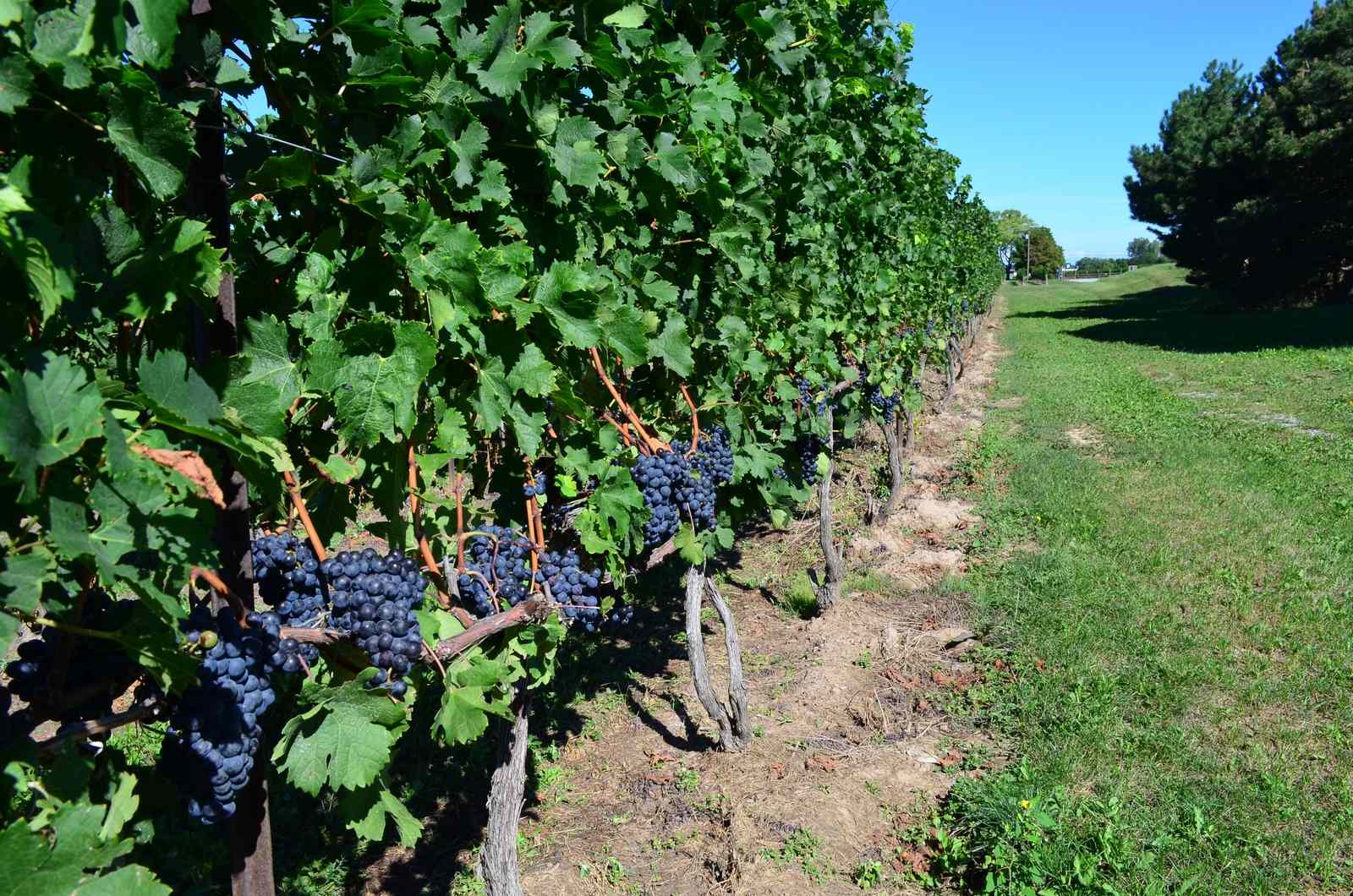
You can find more than 46 types of wine in Niagara, but there is a shortlist of grapes that you’ll want to try.
White wine grapes like Riesling and Chardonnay are very popular and compare well to their European cousins. If you prefer red wine, look for Gamay Noir, Pinot Noir, and Baco Noir. Reds at the lighter end of the wine spectrum do well in cooler weather where there are fewer days of hot sun to help sweeten the grapes.
Winemakers here tend to put the names of the grape right on the bottle. If you are drinking 100% Pinot Noir grape, they will tell you. If you are drinking a blend, they will tell you all of the varietals in the bottle and sometimes the percentage of each type of grape.
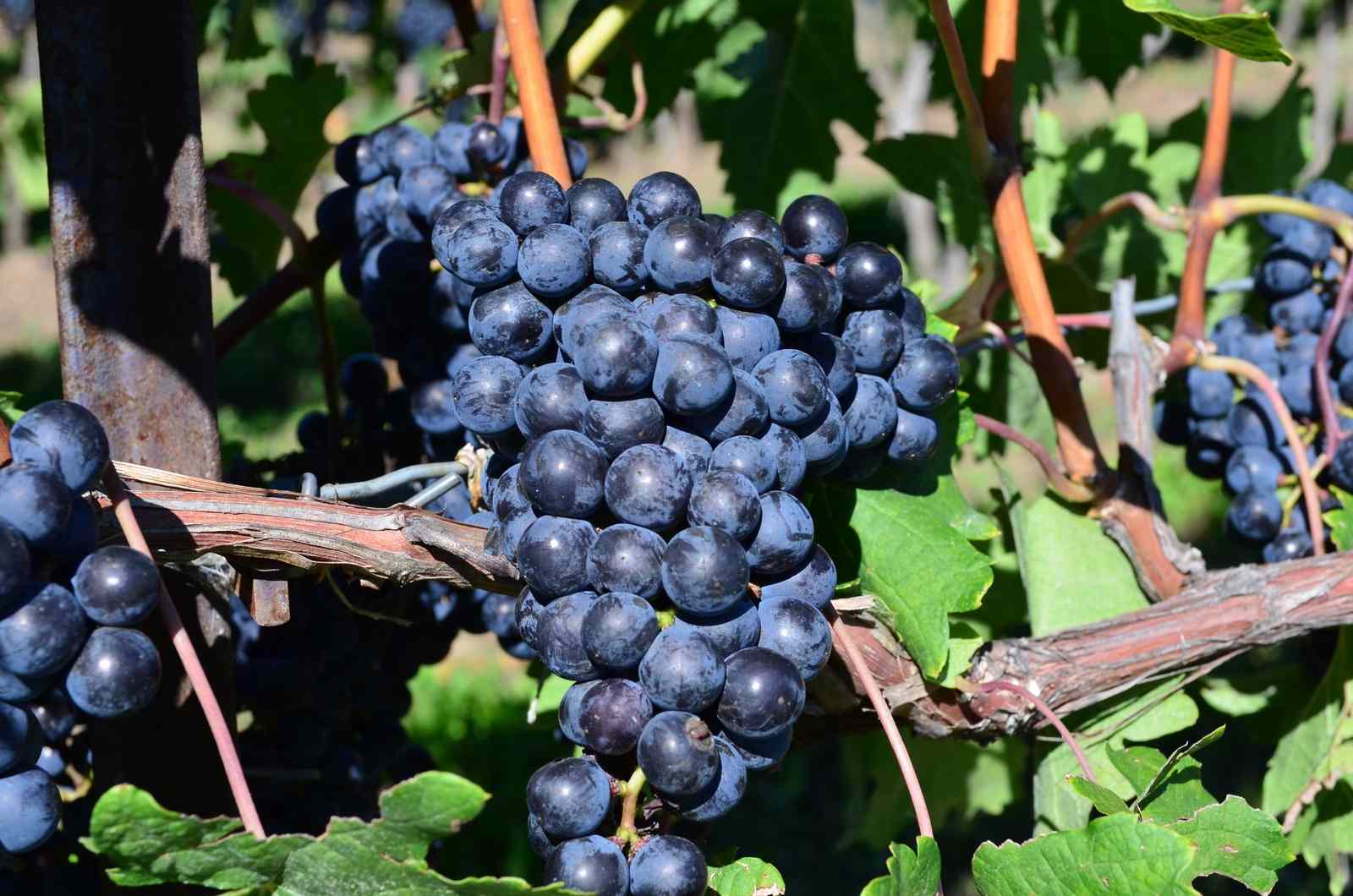
In traditional European wine regions, wines are usually named for where they grow. To find something similar to your favourite French wine, for example, tell the winery staff you like “Beaujolais”, white “Bordeaux”, or “Burgundy”, etc. They will point you in the right direction. (In this case, Gamay, Sauvignon Blanc, and Pinot Noir.)
Maybe you love that giant fruit-bomb of a Cabernet Sauvignon from California, but when you are in Niagara you should focus on wines that thrive in cooler-climate wine regions.
If you are visiting wineries for the first time, pick one or two types of wine and try the same thing at different wineries. You will quickly discover that different winemakers, different fields, and different aging techniques can make the same grape taste very different. When you taste the same grape everywhere you go, you’ll soon find yourself understanding the authentic influence of the Escarpment and the lake.
The wine word for this phenomenon is “terroir”. It means the way a region’s climate, soil, slope, plants, and elevation combine to make wine taste unique to that place. Science never tasted so good.
Look for wine that is 100% Ontarian
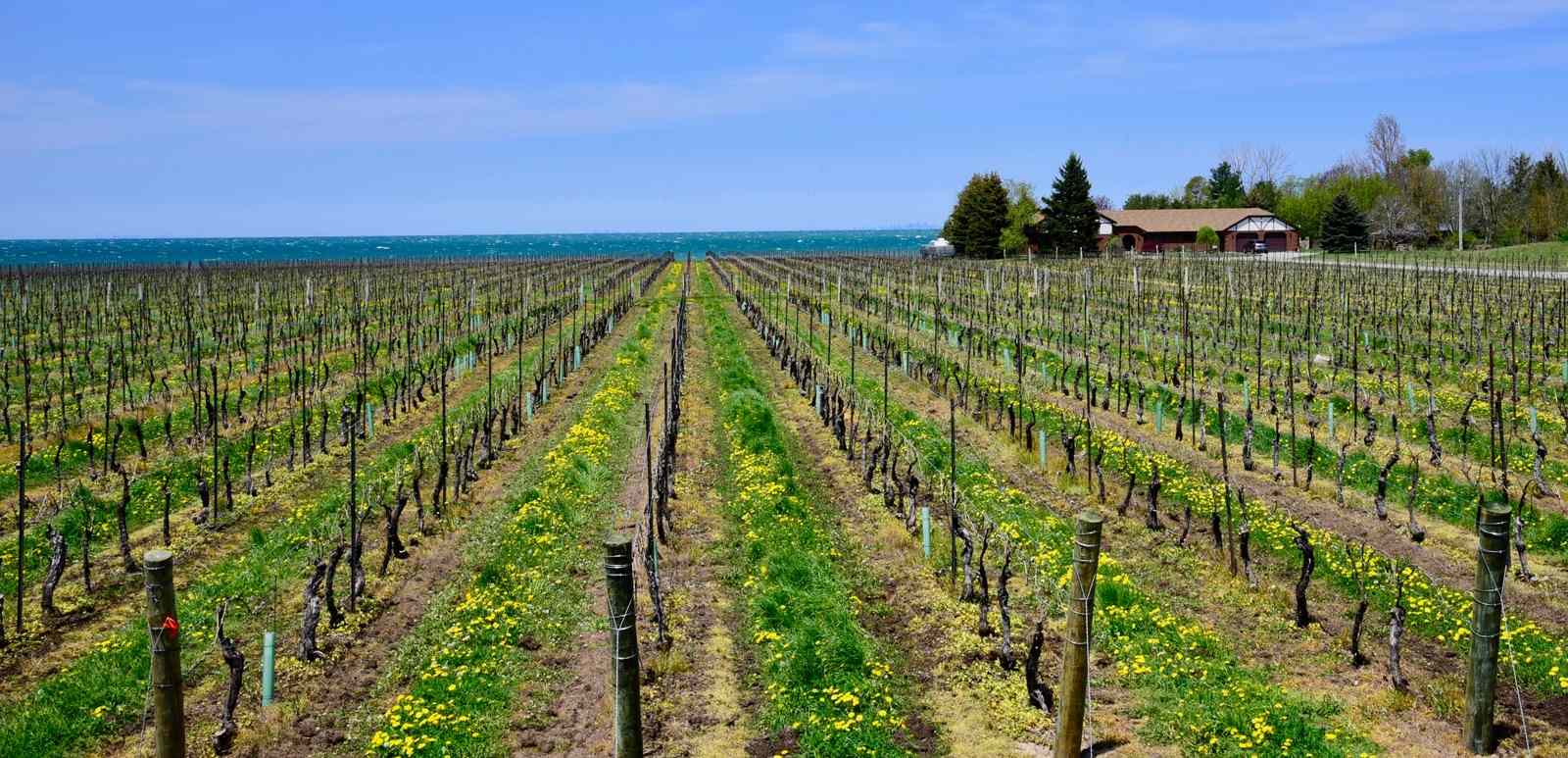
The whole Niagara region is called the Niagara Peninsula Viticultural Area or “appellation”. It is made up of ten sub-appellations. They are areas with unique air, soil, and elevation characteristics. Over time, you’ll be able to taste the difference between grapes grown in different sub-appellations.
When you are just starting out, look for one of these names on the bottle or ask the wine-maker if their grapes were grown here: Beamsville Bench, Creek Shores, Four Mile Creek, Lincoln Lakeshore, Niagara Lakeshore, Niagara River, Short Hills Bench, St. David's Bench, Twenty Mile Bench, Vinemount Ridge.
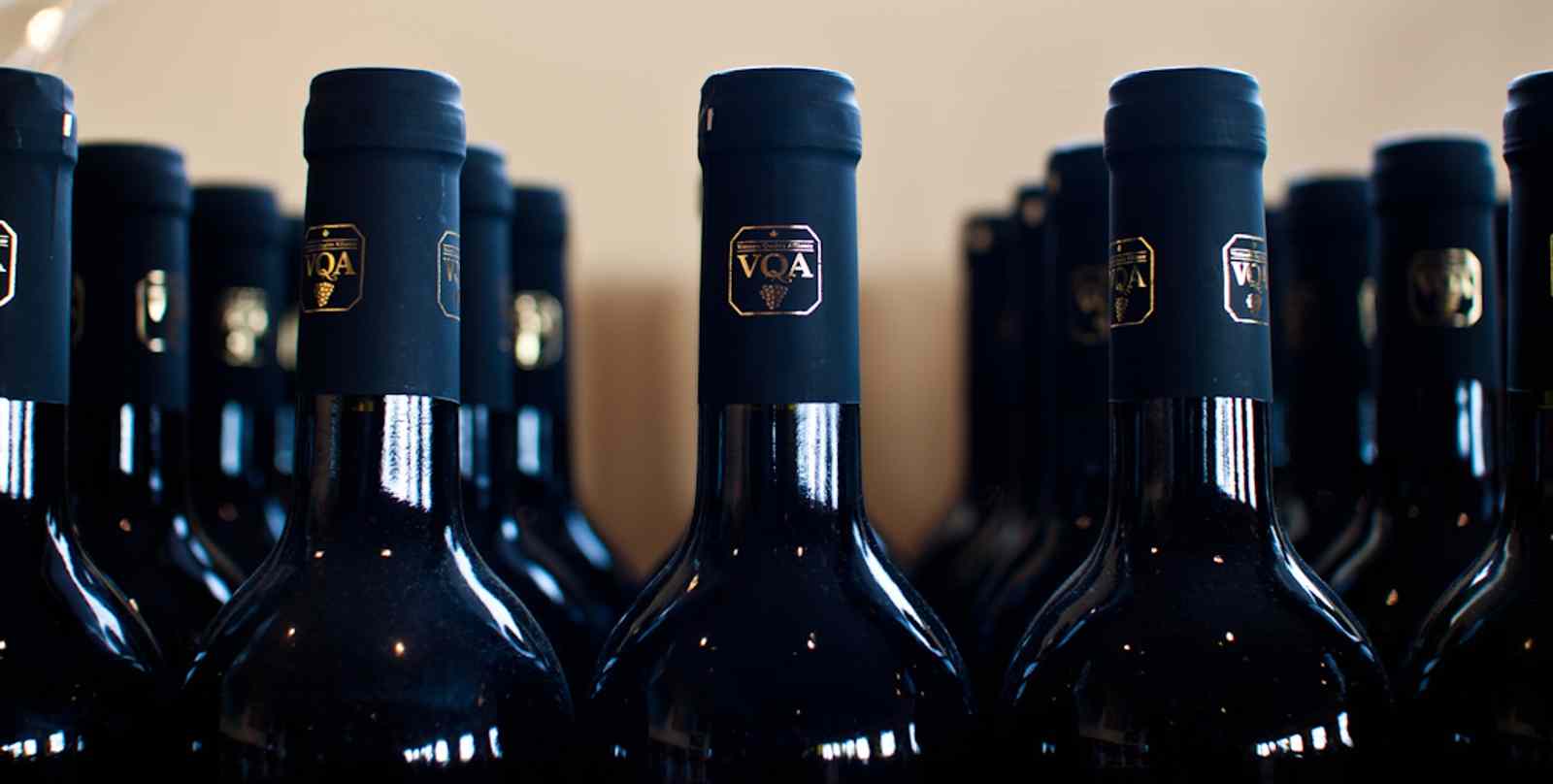
You can also look for bottles that say “VQA Ontario” to be sure you are drinking wine made from 100% Ontario-grown grapes. Just know that some of the smaller wineries do not bother with the formal labelling process because they sell all their wine in their own shops.
When in doubt, ask the staff at the winery. Sometimes the winemaker is even on hand and willing to chat. Learning about the sub-appellations is one of the best parts of wine-tasting in Niagara. No one knows more about the connection between the Escarpment, Lake Ontario, weather, and soil than the people who try to grow grapes in this region.
A note about ice wine
Niagara is famous around the world for its ice wine. Ice wine can be made from any grape, but Vidal and Riesling are most common because their thick skins protect the grape until the first freeze. Ice wine is more expensive than regular wine, but you can try it at most wineries. For the best effect, enjoy a piece of chocolate before you take your first sip.
Narrow your search: Niagara Escarpment or Niagara-on-the-Lake
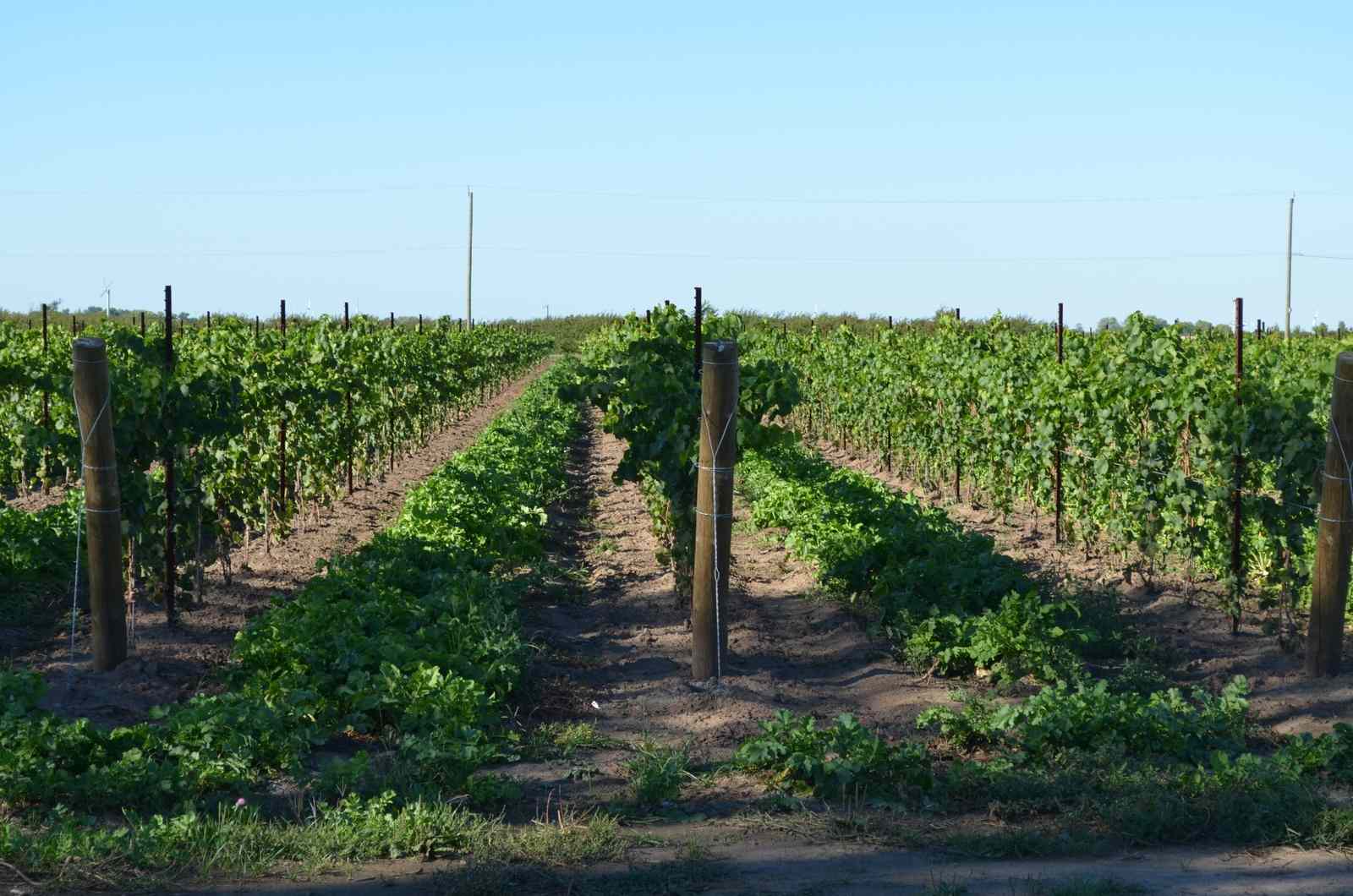
With 99 wineries in the Niagara area, you can’t hit every one in a single day. Do your research before you set out to find best wineries in Niagara that suit your wine tasting style. For the best experience, point your car or bike in one of two directions - to the top of the Niagara Escarpment or to the flat river region of Niagara-on-the-Lake.
For nature lovers, photographers, and people who want to explore off the beaten path, head for wineries that sit on the top or the slopes of the Escarpment. Bench wines offer truly stunning views of Lake Ontario and are often nestled in between parks and natural spaces where you can hike or picnic.
For cyclists, the flatter area around surrounding Niagara-on-the-Lake wineries makes for good biking. Wineries here are also closer together, so you can easily visit several in a single day.
If you are on a bike or you are the designated driver, don’t be shy. Every winery will provide you with a cup or container to spit your wine into. It is common (and encouraged) for people to taste responsibly.
Pack a picnic lunch
When you are in wine country, you definitely want to take a moment to appreciate the Niagara Escarpment and the Great Lake below. The best way to do this is with a picnic lunch and, if you’re so inclined, a hike in the woods. Here are the destinations we recommend:
1
Ball’s Falls Conservation Area
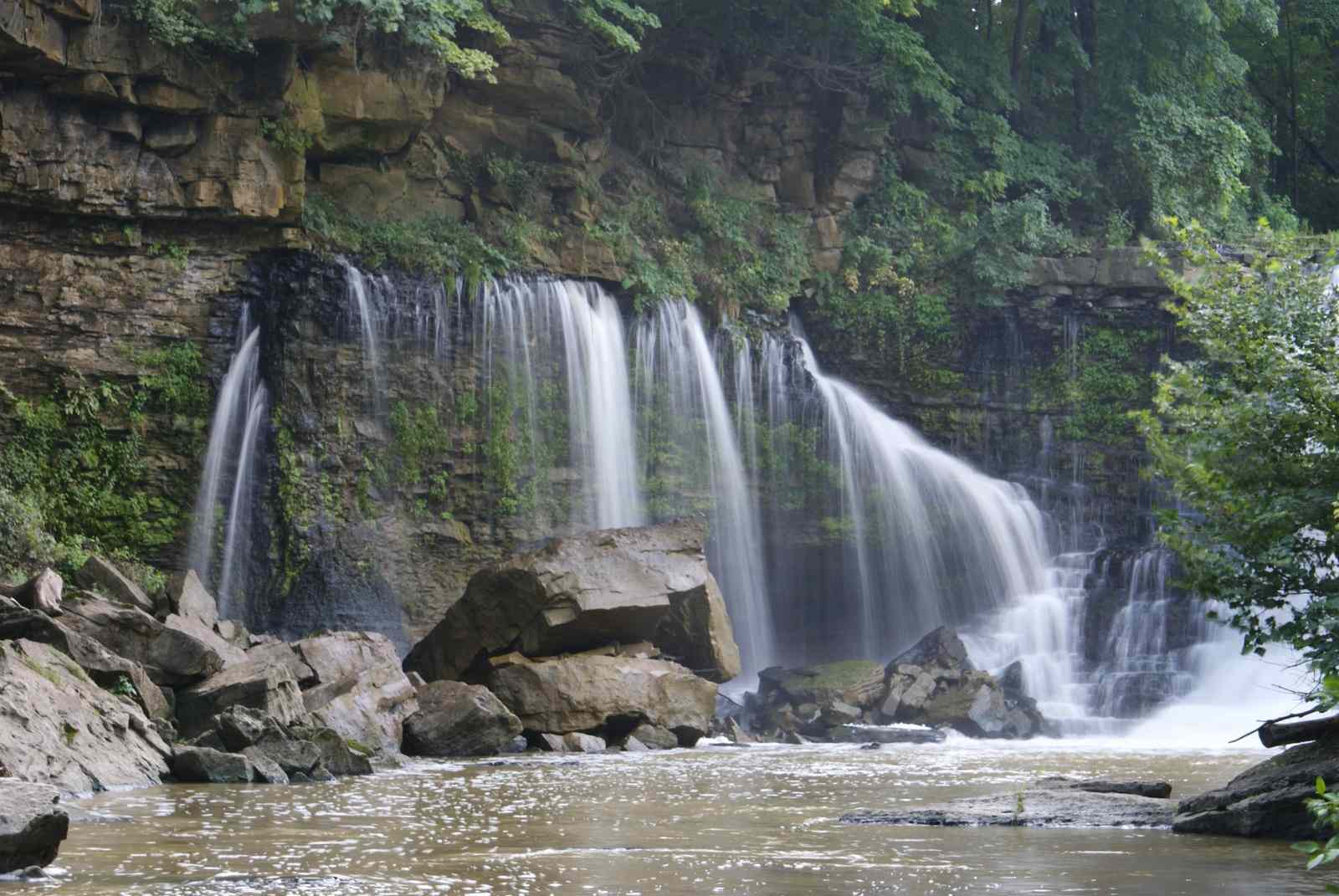
Ball’s Falls splash down the Niagara Escarpment and are almost (two-thirds) the height of Niagara Falls. This is a beautiful wooded Conservation Area with more than 1-kilometres in walking trails if you want to stretch your legs.
2
Beamer Memorial Conservation Area

Beamer sits at the top of the Escarpment and offers breathtaking views of Lake Ontario. It is an Important Bird Area where you can see many birds of prey, including Bald Eagles, Red-Tailed hawks, Vultures, and Sharp-Shinned Hawks.
3
Queens Royal Park

Queen’s Royal is in Niagara-on-the-Lake right on the curve where the Niagara River turns into Lake Ontario. There is a gazebo here where you can sit and relax, just a few short blocks from the busy downtown strip.
Be sure to stop by the large granite monument celebrating the people who have completed the 52-kilometre swim across Lake Ontario. The swim from Niagara to Toronto is considered one of the world’s greatest feats of athleticism. The first person to swim across the lake was Marilyn Bell at the age of 16 in 1954.
